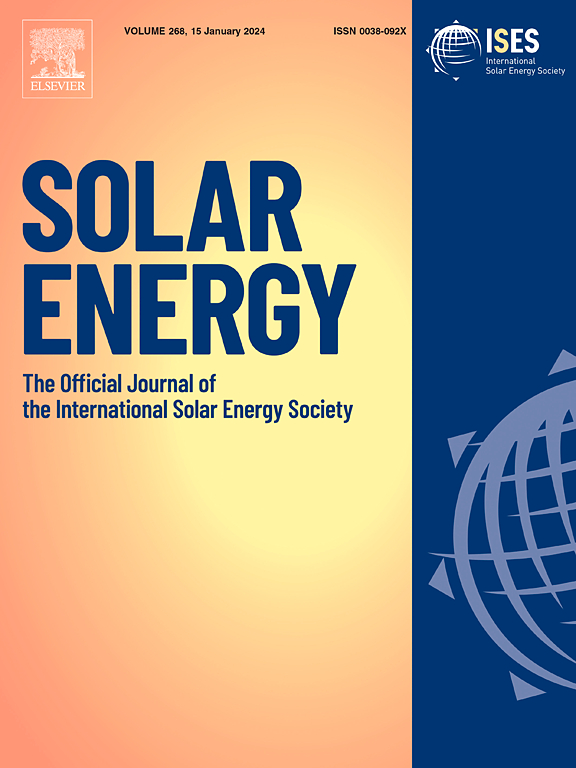Advancing organic photovoltaic cells for a sustainable future: The role of artificial intelligence (AI) and deep learning (DL) in enhancing performance and innovation
IF 6
2区 工程技术
Q2 ENERGY & FUELS
引用次数: 0
Abstract
The convergence of Organic Photovoltaic (OPV) technology and artificial intelligence (AI) is examined in this review as a promising approach to advancing sustainable energy solutions. Recognized for their lightweight, flexible, and cost-effective properties, OPVs are highlighted as viable alternatives within renewable energy applications, particularly suited for integration in building infrastructure and portable energy sources. A discussion of OPV mechanisms and structures, such as single-layer, bilayer, and bulk heterojunction cells, is provided to outline the unique efficiencies and challenges each architecture presents. AI, especially through machine learning (ML) and deep learning (DL) models, is shown to transform OPV research, enhancing both material discovery and device optimization. Through AI-driven processes, rapid predictions of power conversion efficiency (PCE), material selection automation, and high-throughput screening are achieved, effectively minimizing experimental time and cost. Recent developments in AI applications, including convolutional neural networks (CNNs) and Bayesian optimization, are reviewed for their contributions to improving OPV performance, stability, and scalability. Case studies are included to demonstrate AI’s impact in areas such as predictive modeling, real-time monitoring, and optimization of device architecture, all of which contribute to efficiency gains and improved material durability. Challenges, however, are noted, with data quality issues, the need for interdisciplinary collaboration, and gaps in AI-aided material innovation identified as key areas for ongoing development. This review highlights how the intersection of AI and OPV technology not only accelerates the path toward efficient, scalable renewable energy but also underscores the importance of interdisciplinary research in advancing sustainable, high-performance photovoltaic solutions.
求助全文
约1分钟内获得全文
求助全文
来源期刊

Solar Energy
工程技术-能源与燃料
CiteScore
13.90
自引率
9.00%
发文量
0
审稿时长
47 days
期刊介绍:
Solar Energy welcomes manuscripts presenting information not previously published in journals on any aspect of solar energy research, development, application, measurement or policy. The term "solar energy" in this context includes the indirect uses such as wind energy and biomass
 求助内容:
求助内容: 应助结果提醒方式:
应助结果提醒方式:


